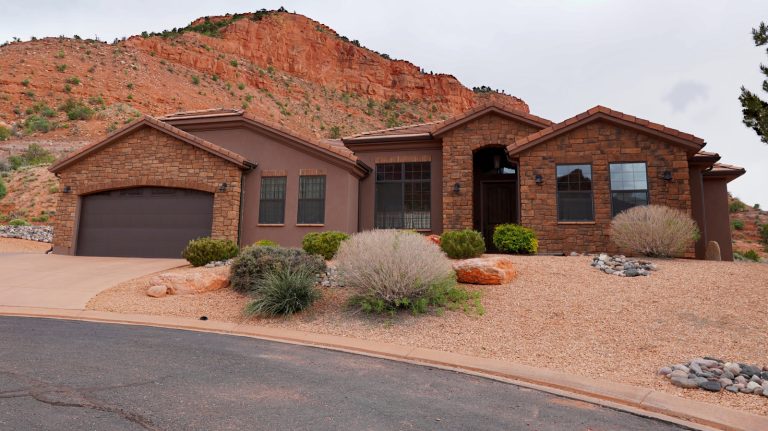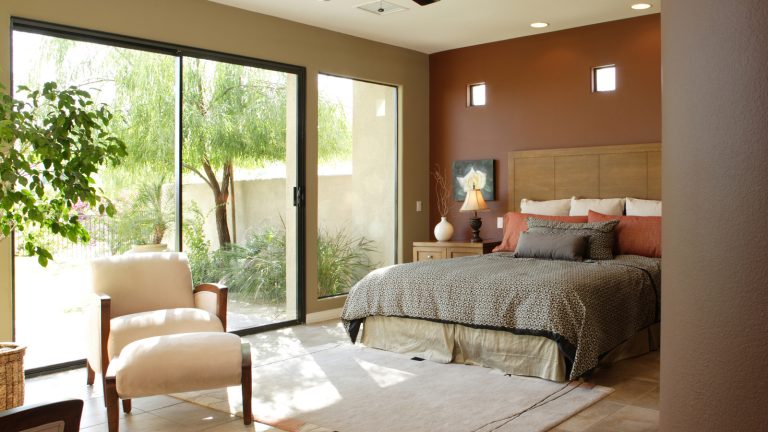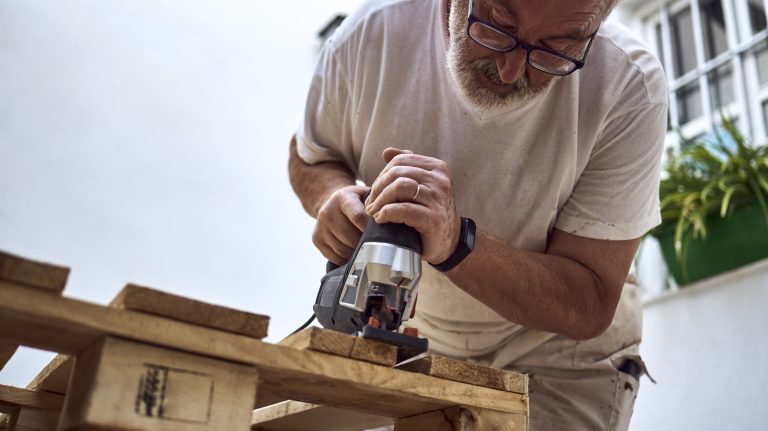
What plant thrives equally in cold and hot weather, and grows well both in the ground and in a pot? It’s not a riddle: Honeyberries (Lonicera caerulea) possess such remarkable traits that it’s surprising they’re not more common in home gardens. Originating from Russia and Japan, these plants are hardy enough to endure zone 1 temperatures and flourish in the warmer zones up to zone 8. Thanks to their shallow root systems, honeyberries thrive in various soil types and even in containers. The purplish-blue berries attract numerous birds, particularly cedar waxwings. Although some Lonicera species are invasive in North America, honeyberries are not part of that group.
Consider adding the ‘Boreal Beauty’ honeyberry to your container garden. This cultivar is notable for its abundant fruit production and its branches remain upright even when heavily laden with berries. Additionally, the berries are larger and more flavorful compared to other honeyberry varieties.
Best pots for ‘Boreal Beauty’
This beautiful plant will attract birds and butterflies to your yard, balcony, or patio. Honeyberry bushes often arrive in 3-gallon containers, which are suitable for growth for about two years. However, transferring to an unglazed clay pot with excellent drainage can be beneficial for your shrub, as this material retains the sun’s heat while allowing excess water to evaporate. Ensure the soil is well-draining to prevent root rot in container-bound plants.
As your plant grows, repotting every two to three years is advisable. You can tell it’s time for a larger pot when thin feeder roots begin to appear on the soil surface. To accommodate these changes, consider using a base like the WBD WEIBIDA Plant Caddy. This rolling base is expandable, allowing it to grow alongside your plant as it transitions to larger pots. Pruning your ‘Boreal Beauty’ annually will encourage new growth and help maintain its size within the container.
Care for your ‘Boreal Beauty’
Position pots where they will receive between 6 and 8 hours of sunlight daily. If the sunlight is particularly intense in your area, ‘Boreal Beauty’ honeyberries may experience some leaf damage. To address this, place the pot on a wheeled base, enabling you to move the plant to a shadier spot when necessary.
For fruit production, a honeyberry tree requires a nearby compatible variety. ‘Boreal Beast’ is a suitable option, as it blooms concurrently with ‘Boreal Beauty’ and has compatible pollen. Honeyberry bushes reach heights of 3 to 5 feet, making them ideal for creating a private patio space. On a large balcony, patio, or deck, a pair of these fruit trees can establish a bird and pollinator habitat without the need for a yard.
During its first year, provide your ‘Boreal Beauty’ with approximately 2 inches of water weekly to foster strong root development. If your area receives about an inch or two of rain weekly, this should suffice for the honeyberry without additional watering. In drier regions, consider using a drip irrigation system and some mulch to retain moisture and meet the plant’s water needs.






